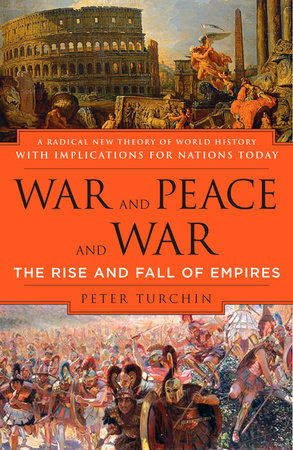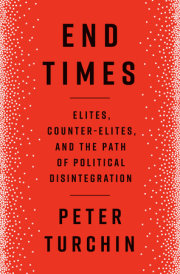War And Peace And WarList of Maps
Introduction
"So Peace Brings Warre and Warre Brings Peace"
Part I. Imperiogenesis—The Rise of Empires
1. A Band of Adventurers Defeats a Kingdom
Ermak's Conquering Cossacks
2. Life on the Edge
The Transformation of Russia—and America
3. Slaughter in the Forest
At the Limites of the Roman Empire
4. Asabiya in the Desert
Ibn Khaldun Discovers the Key to History
5. The Myth of Self-Interest
And the Science of Cooperation
6. Born to Be Wolves
The Origins of Rome
7. A Medieval Black Hole
The Rise of the Great European Powers on Carolingian Marches
Part II. Imperiopathosis—The Fall of Empires
8. The Other Side of the Wheel of Fortune
From the Glorious Thirteenth Century into the Abyss of the Fourteenth
9. A New Idea of Renaissance
Why Human Conflict Is Like a Forest Fire and an Epidemic
10. The Matthew Principle
Why the Rich Get Richer and the Poor Get Poorer
11. Wheels Within Wheels
The Many Declines of the Roman Empire
Part III. Cliodynamics—A New Kind of History
12. War and Peace and Particles
The Science of History
13. The Bowling Alley in History
Measuring the Decline of Social Capital
14. The End of Empire?
How the Mobile Phone Is Changing Cliodynamics
Notes
Acknowledgments
Index









